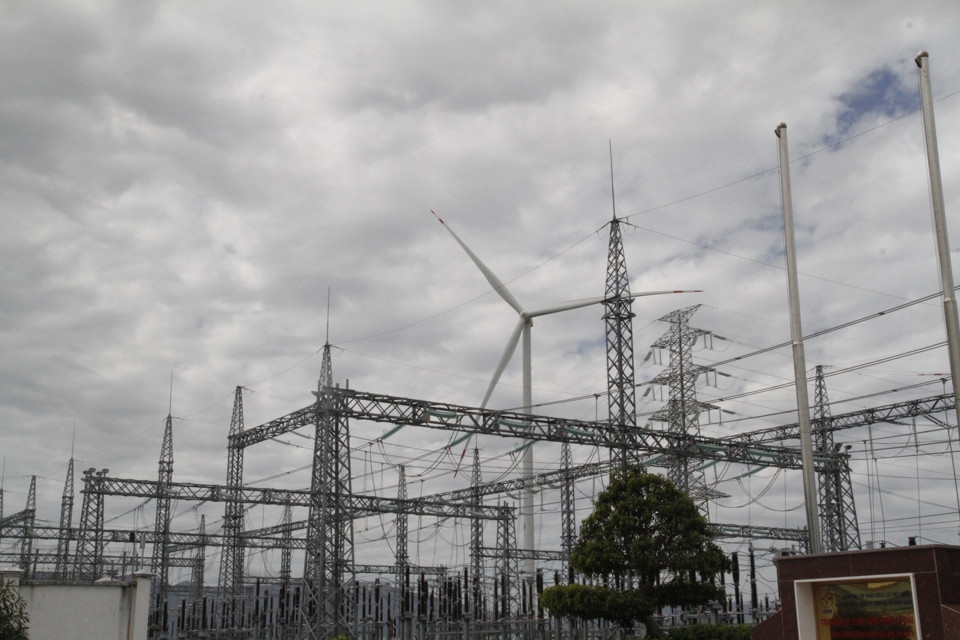The Ministry of Industry and Trade (MoIT) is tasked with submitting an action plan for the Power Development Plan VIII (PDP8) before March 2 without further delay.
 |
One year after the issuance of the PDP VIII, the implementation plan for this strategic framework—covering investments, construction of power projects, and grid development—has yet to materialize. In its announcement on February 29, the Government noted this progress as "excessively slow," impacting the execution of projects and the supply of electricity for both production and consumption.
"The completion of the implementation plan for the PDP VIII is an urgent requirement, and any further delays are unacceptable," stated the government, directing the MoIT to present the plan before March 2.
The ministry had previously submitted the plan in mid-2023, but it did not meet the requirements and had to be revised multiple times. The main hurdle was the list of renewable energy projects proposed by localities that exceeded the plan. For instance, proposals for renewable energy were 3.7 times the plan, biomass energy 4.4 times, and waste-to-energy 1.7 times.
Therefore, this time, the government emphasized that the MoIT should clarify the legal basis for the reserve project list and implement flexible mechanisms for electricity development. The plan also needs to specify the timeline for project commissioning each year and supplement programs for supplying electricity to rural, mountainous, and island areas to ensure adequate power supply.
"Include in the plan only projects with a clear legal basis and proper justification," demanded the Government.
Localities, advisory agencies, and the MoIT must clarify responsibilities for delays in plan formulation and execution.
The PDP VIII outlines the development of wind power capacity along the coast to about 21,880 MW by 2030; rooftop solar power (self-generation, self-consumption) to increase by an additional 2,600 MW. Biomass and waste-to-energy capacity is set at 2,270 MW, and hydropower at 29,346 MW.
According to the draft plan presented at the end of last year, the estimated capital scale for developing various energy sources is around $120 billion. Of this, nearly 76% is expected to come from private investment (approximately $91 billion), with the state accounting for only 24%. Public investment, around $50 billion, prioritizes improving policies and enhancing the capacity of the electricity sector. Funding for the rural, mountainous, and island electricity supply program is nearly VND29.8 trillion ($1.2 billion).
Source: Hanoitimes